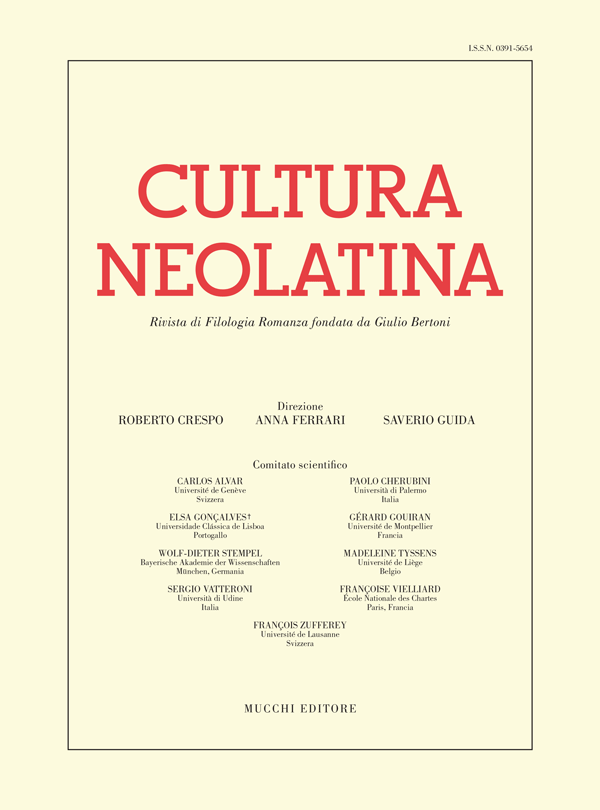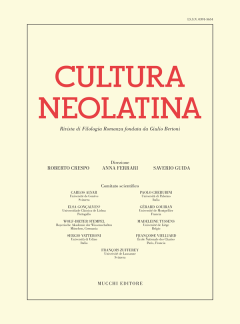Il contributo si propone di esaminare nuovamente il dossier relativo alle dame chiamate Berlenda nella poesia dei trovatori. Il primo passo è fornire una fisionomia storica più salda per una di esse, la moglie di Moroello II Malaspina, che figura in un sirventese tardo (1273). In seguito, il lavoro vaglia la possibilità di identificare costei con le altre figure omonime, e in particolare ridiscute l’ipotesi, accantonata da decenni, che essa coincida con la dama a cui è dedicato il planh attribuito a Lanfranc Cigala. Nell’ipotesi che tale coincidenza possa avere fondamento, il lavoro ne analizza i presupposti e riflette sulla natura del planh e sull’esistenza di una tarda tradizione ligustico-veneta che ha veicolato l’opera di Lanfranc Cigala e Bonifaci Calvo, in connessione con quella di Bertolome Zorzi. Alla luce delle considerazioni fatte si offrono infine due nuove edizioni del planh e del sirventese.
This work aims to re-examine the file about the dames called Berlenda in the troubadour poetry. The first part establishes more firmly the historical traits of one of them, i.e. the wife of Moroello II Malaspina, who is mentioned in a late sirventes (1273). The work then examines the possibility to identify this woman with the other figures of the same name and, specifically, it reviews the decades old hypothesis that she is the same dame celebrated in a planh attributed to Lanfranc Cigala. On the premise that the conjecture about the two women being the same person is acceptable, the work analyses and considers the features of the planh and the existence of a late Ligurian-Venetian tradition, which transmitted the poems of Lanfranc Cigala and Bonifaci Calvo in connection with those of Bertolome Zorzi. The work ends with two new editions of the planh and sirventes, based on the previous observations.


